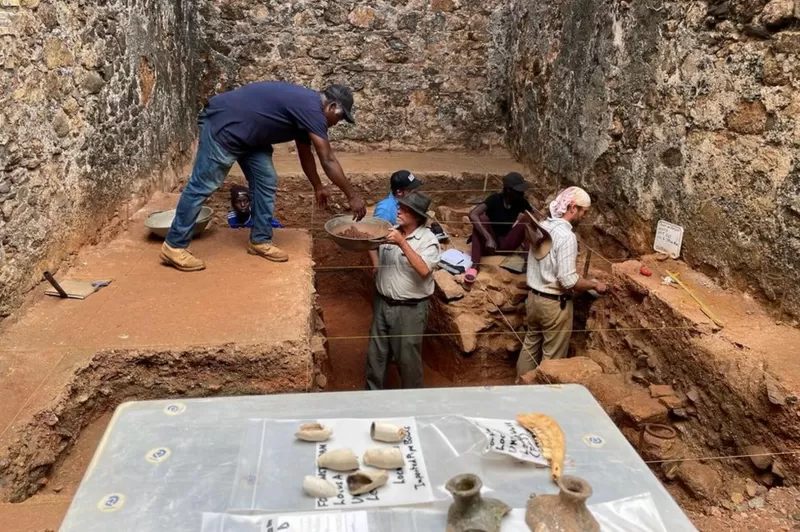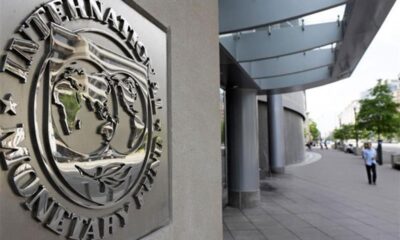Archeologists have discovered the exact location of the first English slave fort in Africa.
It was discovered at a coastal city in Ghana.
The significant discovery made by a team of scientists led by world-renowned archeologist, Christopher DeCorse, a professor from Syracuse University in the US, found what is thought to be the first of its kind in the West African country on Monday.
According to DeCorse, rare artefacts dug out from the site include an gunflint used in old-fashioned guns, tobacco pipes, broken pottery and the jawbone of a goat, as well as discarded fragments unearthed from centuries of compacted soil, which further offer clues to a lost past.
The site is inside Fort Amsterdam built by the Dutch and with ancient maps referring to a Fort Kormantine in that area, while the name of the town of Kormantse has been localized from its original version of Coromantee, given to some of the enslaved people in the Caribbean thought to have been transported from the place and later known for slave rebellions.
Dating back to the 17th Century, Fort Kormantine sat on the Atlantic coast just at the time when Europeans started shifting their interest from the trade in gold to the trade in humans, according to history.
Built by the English in 1631, Fort Kormantine was one of the earliest places where that journey started and was a pivotal moment in the history of their involvement in Africa that would have a profound effect on the continent.
DeCorse said the discovery may shed some light on the lives of those early traders and what they were doing, as well as those who were sold and the impact on the community around them.
“Ghana’s coastal fishing towns, known for their colourful boats and the melodies sung by the fishermen, remain scarred by a past of European exploitation and human cruelty.
“The slave forts dotted along what was called the Gold Coast are a looming reminder of that past. Hundreds of thousands passed through them before being transported in horrific conditions across the sea.
“The slave trade only began from there in 1663 when King Charles II granted a charter to the Company of Royal Adventurers of England Trading into Africa (later the Royal African Company). He gave it monopoly rights over the trade in human beings.
“It was only in English hands for another two years before the Dutch seized it but Fort Kormantine played a key role in the initial stages of the slave trade.
“It served as a warehouse for the goods that were used to buy slaves. It was also a brief holding point for those who had been kidnapped in different parts of West Africa before being shipped to the Caribbean to work in plantations to develop the sugar economy.
“We don’t have that many details on exactly what these early outposts of the slave trade looked like, which is one of the things that make uncovering the foundations of Fort Kormantine interesting,” Prof DeCorse said.

 Sports2 days ago
Sports2 days ago
 Metro2 days ago
Metro2 days ago
 Metro1 day ago
Metro1 day ago
 Culture2 days ago
Culture2 days ago























